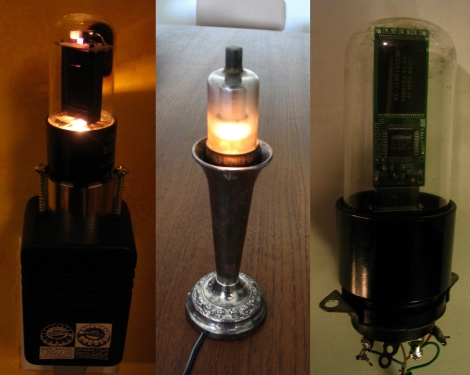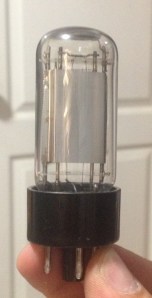
About a decade ago I started a strange little journey in my free time that cut a path across electronics manufacturing from over the last century. One morning I decided to find out how the little glowing glass bottles we sometimes call electron tubes worked. Not knowing any better I simply picked up an old copy of the Thomas Register. For those of you generally under 40 that was our version of Google, and resembled a set of 10 yellow pages.
I started calling companies listed under “Electron Tube Manufacturers” until I got a voice on the other end. Most of the numbers would ring to the familiar “this number is no longer in service” message, but in one lucky case I found I was talking to a Mrs. Roni Elsbury, nee Ulmer of M.U. Inc. Her company is one of the only remaining firms still engaged in the production of traditional style vacuum tubes in the U.S. Ever since then I have enjoyed occasional journeys down to her facility to assist her in maintenance of the equipment, work on tooling, and help to solve little engineering challenges that keep this very artisanal process alive. It did not take too many of these trips to realize that this could be distilled down to some very basic tools and processes that could be reproduced in your average garage and that positive, all be it rudimentary results could be had with information widely available on the Internet.
Continue reading “Artisanal Vacuum Tubes: Hackaday Shows You How”


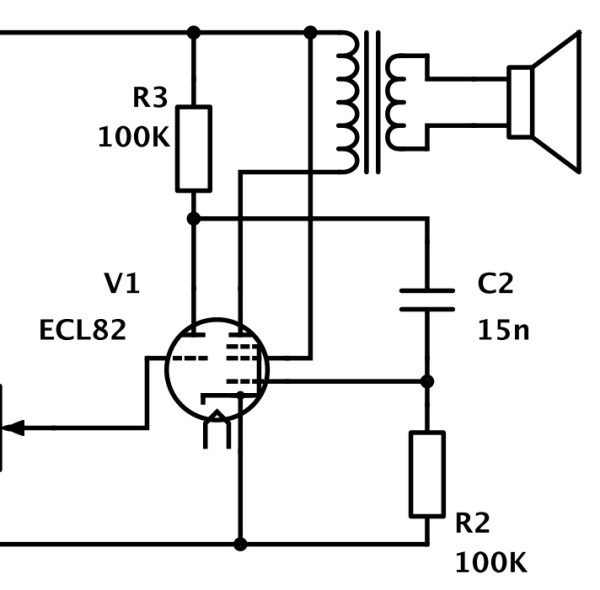
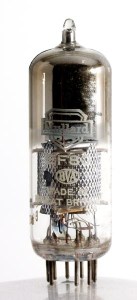
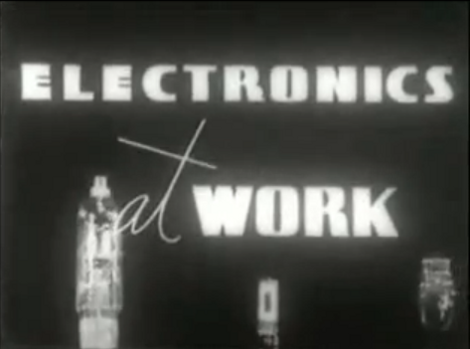



![A][](http://hackaday.com/wp-content/uploads/2012/04/a.png)


